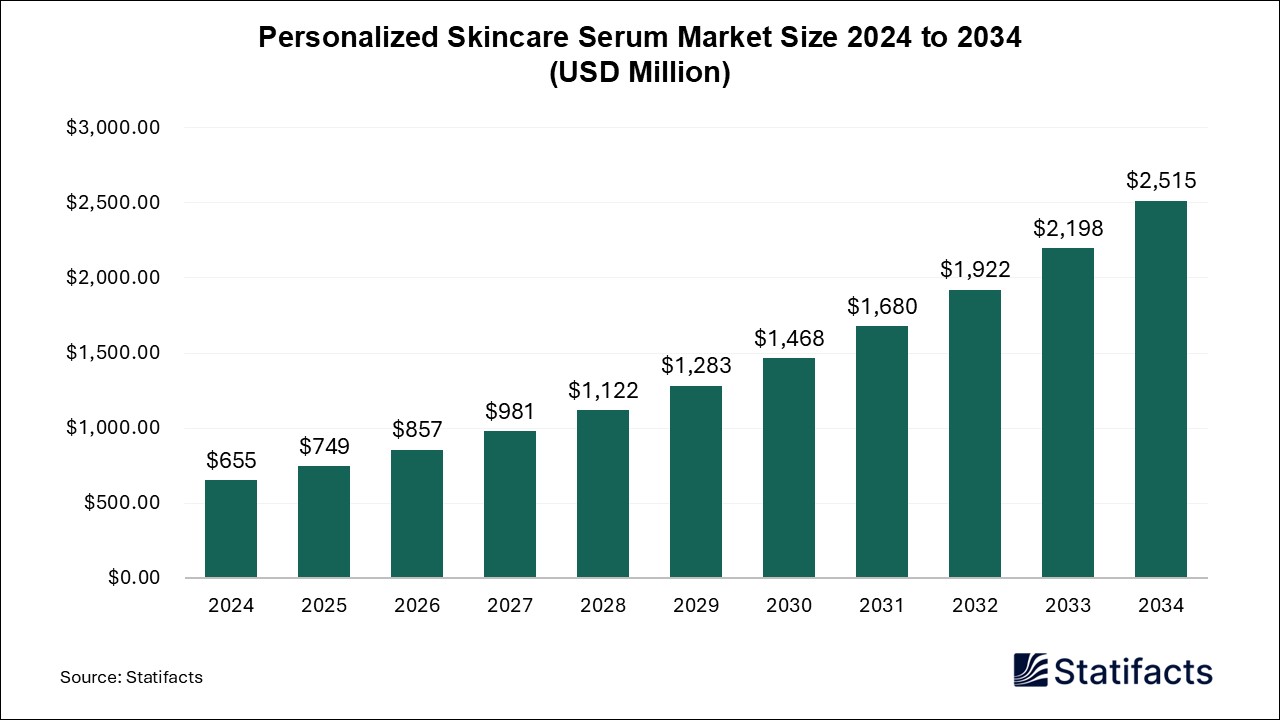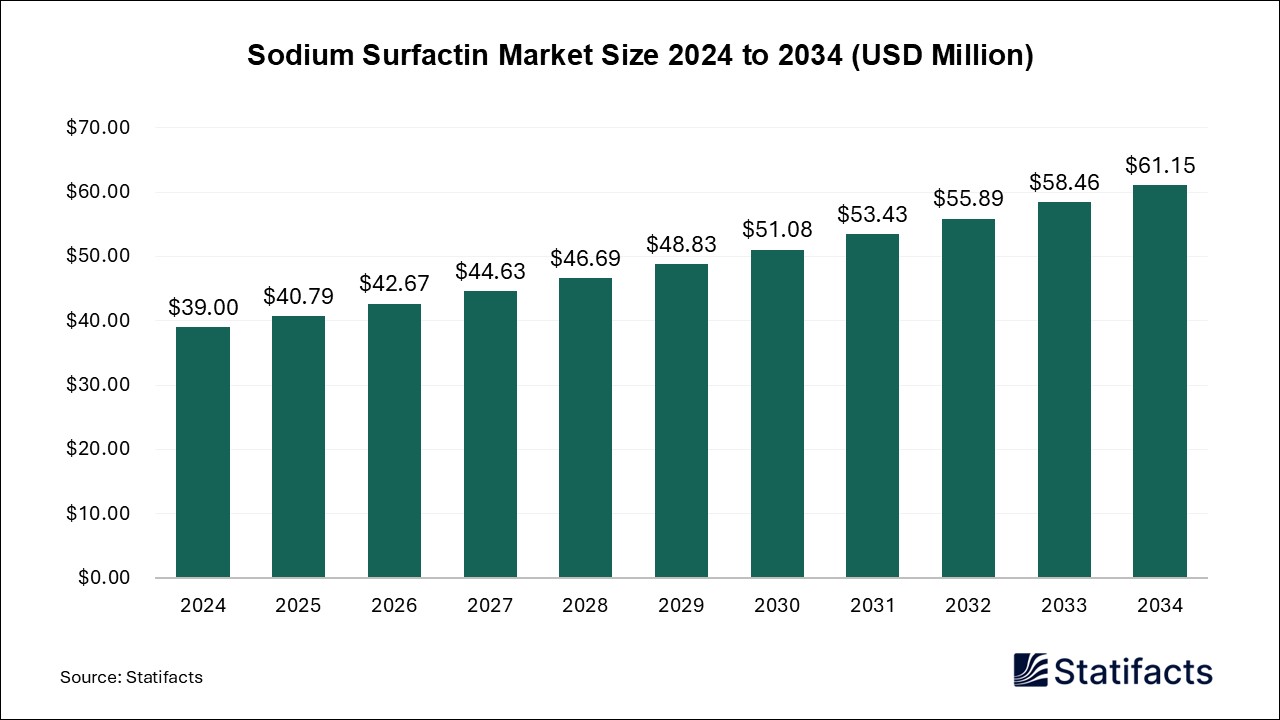

Our customers work more efficiently and benefit from
The global intravenous immunoglobulin market size was valued at USD 14.19 billion in 2024 and is expected to hit around USD 28.71 billion by 2034 with a CAGR of 7.3% from 2025 to 2034.
| Industry Worth | Details |
| Market Size in 2025 | USD 15.23 Billion |
| Expected Market Size in 2034 | USD 28.71 Billion |
| Projected CAGR 2025 to 2034 | 7.3% |
| Segments Covered | Application, distribution channel, region |
| Key Companies | Biotest AG; Baxter; Octapharma AG; LFB; Grifols SA; CSL; China Biologics Products Inc.; Kedrion; BDI Pharma Inc. |
The intravenous immunoglobulin market refers to the production, distribution, and application of intravenous immunoglobulin which is a do,se of donated immune system antibodies. Provider will infuse intravenous immunoglobulin (IVIG) through a vein in our arm. We may need IVIG if a health condition or treatment weakens the natural immune system. It is safe, effective, and low-risk. Intravenous immunoglobulin contains the pooled immunoglobulin G (IgG) immunoglobulins from the plasma of approximately a thousand or more blood donors. Intravenous immunoglobulin is a product made up of human antibodies from blood donors that can be given intravenously. It may be referred to as a plasma derivative due to it is made from blood plasma.
There is a large body of evidence that intravenous immunoglobulin (IVIG) can modulate an immune reaction at the level of T-cells, B-cells, and macrophages, interfere with antibody production and degradation, modulate the complement cascade, and have effects on the cytokine network. In immunology, intravenous immunoglobulin is used in the treatment of primary antibody deficiency (PAD) in ophthalmology, rheumatology, and nephrology. It has been used to treat vasculitis systematic lupus erythematosus (SLE), mucous membrane pemphigoid, and uveitis, and in dermatology, it is used mostly to treat Kawasaki Syndrome. IVIG's success rate can range from 60% to 80%, depending on the condition being treated, individual response, and the specific IVIG brand.
Increasing investment in immunoglobulins research and development (R&D) is driving the growth of the intravenous immunoglobulin market. R&D offers productivity and product differentiation. Firms gain a competitive benefit by performing in some way that their rivals cannot easily replicate. R&D efforts lead to an enhanced type of business process, cutting marginal costs, and increasing marginal productivity, and it is easier to outpace competitors. R&D can lead to innovations in business. These may be in terms of new products and services, enhanced processes, and new ways to interact with your customers. These innovations can result in greater profits and lower costs. Innovation is also a useful way to grow business. R&D allows companies to create products that are difficult for their competitor to replicate. R&D efforts can lead to enhanced productivity that helps increase margins, further creating an edge in outpacing competitors.
Increasing advances in plasma collection, fractionation, and purification technologies drive the growth of the intravenous immunoglobulin market. Modern plasma product production technology remains largely based on the ethanol fractionation process, but much has evolved in the last few years to enhance product purity, enhance recovery of immunoglobulin G, and isolate new plasma proteins like α1-protease inhibitor, von Willebrand factor, and protein. Plasma protein fraction is a plasma protein solution used to treat coagulation factor deficiencies, reverse anticoagulation effects, and shock from a loss of plasma fluids, and is used in plasma exchange procedures. Proteins have many roles in our body. It helps repair and build our body’s tissues, allows metabolic reactions to take place, and coordinates bodily functions. Additionally, providing our body with a structural framework, proteins also maintain proper pH and fluid balance. Fractionation reduces the complexity of a protein sample by separating proteins into different classes based on the biophysical properties of the proteins, like solubility, cellular location, charge, and size. It is a clean and eco-friendly technique that minimizes waste and is unlike wet chemical processes.
According to Volza’s Global Import data, the world imported 23 shipments of intravenous immunoglobulin from December 2022 to November 2023. These imports were supplied by 10 exporters to 11 Global buyers, marking a growth rate of -23% compared to the preceding twelve months.
Published by Kesiya Chacko
By Application
By Distribution Channel
For any questions about this dataset or to discuss customization options, please write to us at sales@statifacts.com
| Stats ID: | 8077 |
| Format: | Databook |
| Published: | March 2025 |
| Delivery: | Immediate |
| Price | US$ 1550 |


| Stats ID: | 8077 |
| Format: | Databook |
| Published: | March 2025 |
| Delivery: | Immediate |
| Price | US$ 1550 |

You will receive an email from our Business Development Manager. Please be sure to check your SPAM/JUNK folder too.

Unlock unlimited access to all exclusive market research reports, empowering your business.
Get industry insights at the most affordable plan
Stay ahead of the competition with comprehensive, actionable intelligence at your fingertips!
Learn More Download
Download

